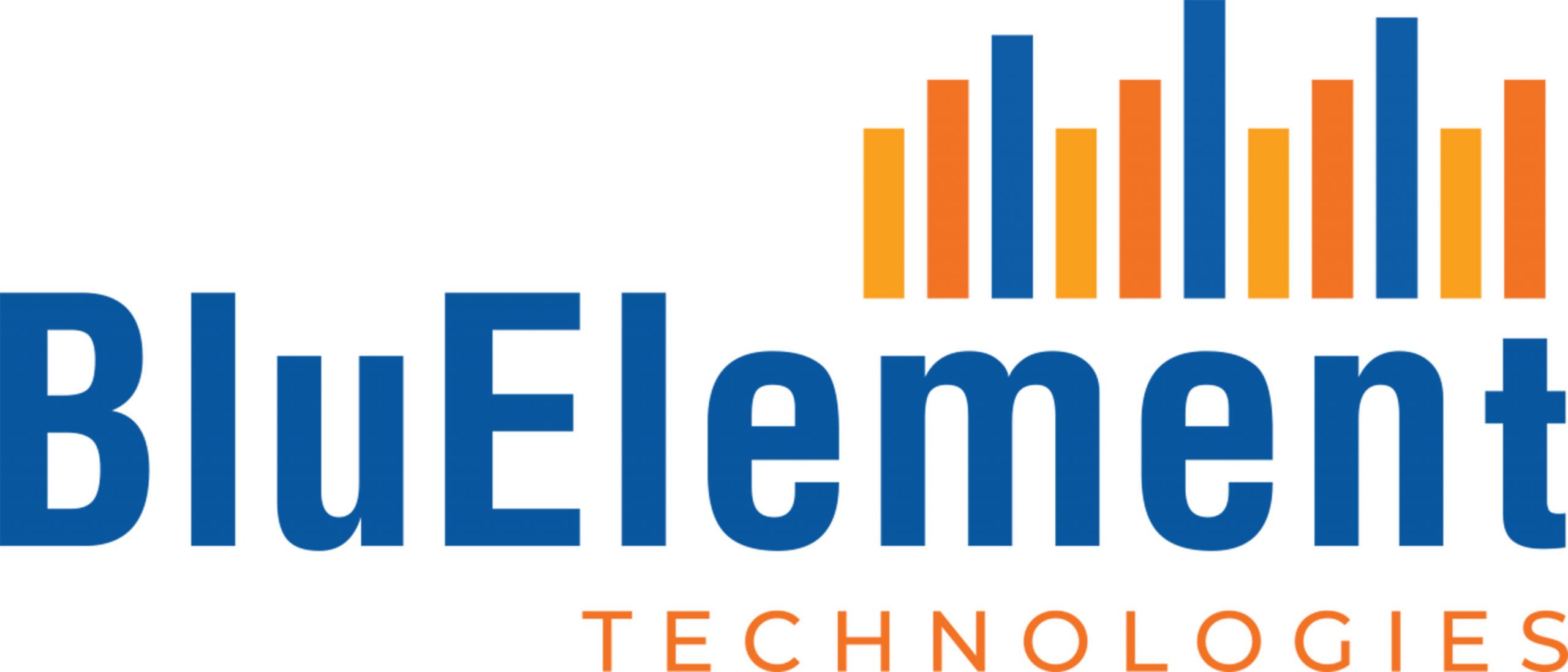Would you like to enhance the level of employee engagement in your organization? All companies are susceptible to changes in their team’s engagement levels, which can usually have many reasons. Improving employee engagement requires buy-in from your leadership team and a successful & thoughtful engagement strategy. A highly engaged workforce promotes the organisation’s profitability, productivity, and retention. There are, however, several employee engagement initiatives you can enact to yield results.
Companies often fail to follow through with a comprehensive employee engagement program as they don’t have enough data to determine what’s working and what’s not. These programs are much easier to implement if you can identify the most likely attributes to boost engagement.
The Importance of Employee Engagement
Engaged employees are more understanding colleagues, more productive workers, and happier bosses. Their dedication and attention is higher which indicates that they are more inclined to contribute more to their organisation. For example, the association between an employee’s job satisfaction and productivity is higher than ever, according to Gallup’s 2016 Global Workplace Engagement survey. 85% of employees want to be able to perform meaningful work/tasks that are recognized and appreciated. . In other words, they want to contribute to the company. But only 30% of those surveyed feel like they’re able to do so— another reason why you should implement strategies that will increase employee engagement levels. Creating a high-performing and highly engaged workforce is a challenge that requires a thoroughly thought process and concerted effort.
Here are eight powerful ways you can engage your employees at work:
1. Managers should have regular one-to-one meetings with employees.
Employee engagement depends on leadership. Connecting with your employees is the key attribute for good leadership. Constant or timely interaction between employees and managers can prevent the employees/ team members from feeling disconnected and disengaged. . With the lack of engagement, the connection and understanding between the manager and the team will be lost. The most popular employee engagement strategies revolve around developing a supportive and caring environment where employees can be authentic, vulnerable and receive consideration and respect for their feedback.
2. Invest in team-building activities and coaching programs
Are your staff members feeling disengaged or isolated? Enrichment activities that foster team building and business skills are an excellent method to support your team’s relationships and inspire trust, productivity, and sales. Research has proven that these types of experiences increase the overall level of employee engagement and loyalty.
3. Promote an open and inclusive work environment
Every member of your team is unique with different sets of skills than the rest. This is why it is imperative to understand that different methods are required to accomplish different goals within a team. Creating a diverse team will allow your employees to bring their unique talents and experiences to the table. Having a diverse team means that you are building a strong, resilient, and adaptable team. Another benefit to a diverse team is the plethora of ideas. A more diverse team promotes a more inclusive work environment, a process that leads to incredible innovation.
4. Offer flexible and remote work options
Today’s employees are looking for more than a job. They want a work environment that supports their personal interests and helps them apply their skills. A 2017 Global Workplace Analytics study found that “Employers who work towards a balanced work-life benefits employees’ overall well-being and are more engaged at work”. Leverage the power of technology by utilising remote work and flexible hours to allow your employees to make more time for themselves and their families.
5. Encourage regular feedback
Your leaders should be holding regular feedback sessions to hear feedback from their teams. The end goal is to improve performance and foster productivity. Feedback sessions allow you to listen to the employee’s concerns along with allowing you to solicit a personalised solution from your team. To encourage feedback sessions and successful feedback, you can create a platform for employees to submit reports about your team’s performance. The platform allows you to receive feedback from your staff and, most importantly, to see the efforts of your employees in the same place. You can also encourage your employees to share anonymous reports.
6. Be transparent about organisational changes and communicate with the whole team.
A simple improvement in company communication is the number one catalyst for changing how employees view their jobs and the workplace. A team can quickly change when leaders commit to transparency and genuine communication. In the past, leaders may have been more likely to hide company changes from their employees for fear that they’d be resistant. If a significant change did come down, the leadership team might have failed to communicate with the whole team. But recent studies show that focusing on genuine communication and transparency has resulted in higher employee engagement. If a company doesn’t openly discuss changes in the workplace, it may risk letting its employees feel excluded.
7. Celebrate success and company milestones
According to WLabs, 44% of employees spend less than two hours a week learning something new at work. Motivated employees will be more enthusiastic and committed to their jobs. To keep employees engaged and focused on the positive things that are happening in your recognize their work and celebrate every milestone. . Even if they didn’t achieve something new, celebrate milestones that everyone accomplished. Email your employees or make a phone call to commend their hard work. Employees can use this as a way to build camaraderie and appreciate one another.
As per research, it is proven that rewards and recognition go a long way in improving the levels of Employee Engagement in an organization. The smallest reward or recognition can go a long way in helping employees feel recognized and valued.
8. Encourage active participation in company culture initiatives (i.e., trivia contests, office decorating contests, etc.)
Investing time in developing employee involvement in company events helps build a sense of purpose and encourages team-building. High-performing companies develop camaraderie through their company culture and build a sense of community through tradition and celebration.
Employee engagement is an integral part of every organization, especially with regards to the growth of the organization. The methods stated above are simple and can be incorporated with minimal effort. Though the results would not be noticed immediately, continuous implementation of the methods can prove highly beneficial to the organization and its goals.

